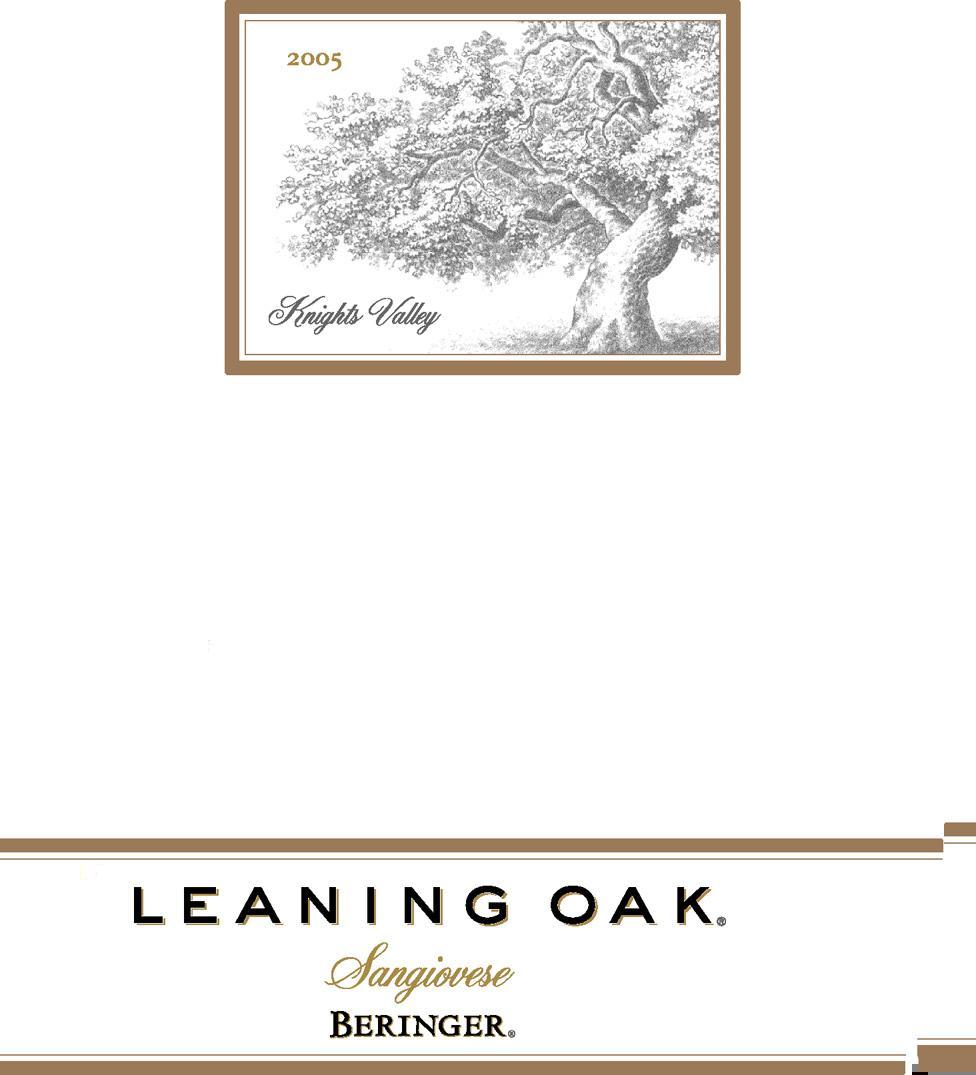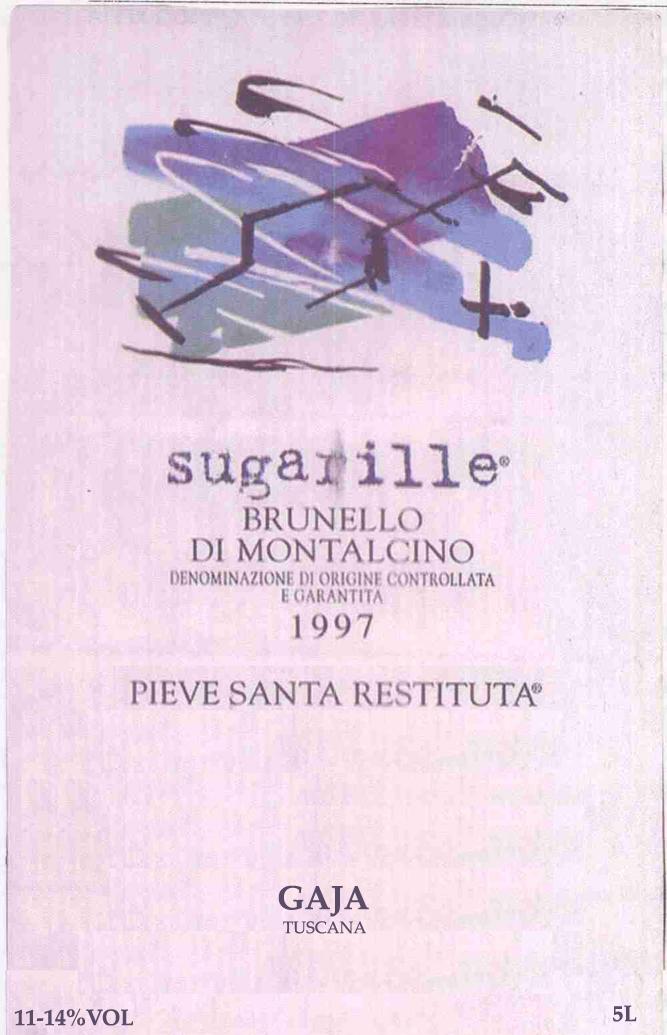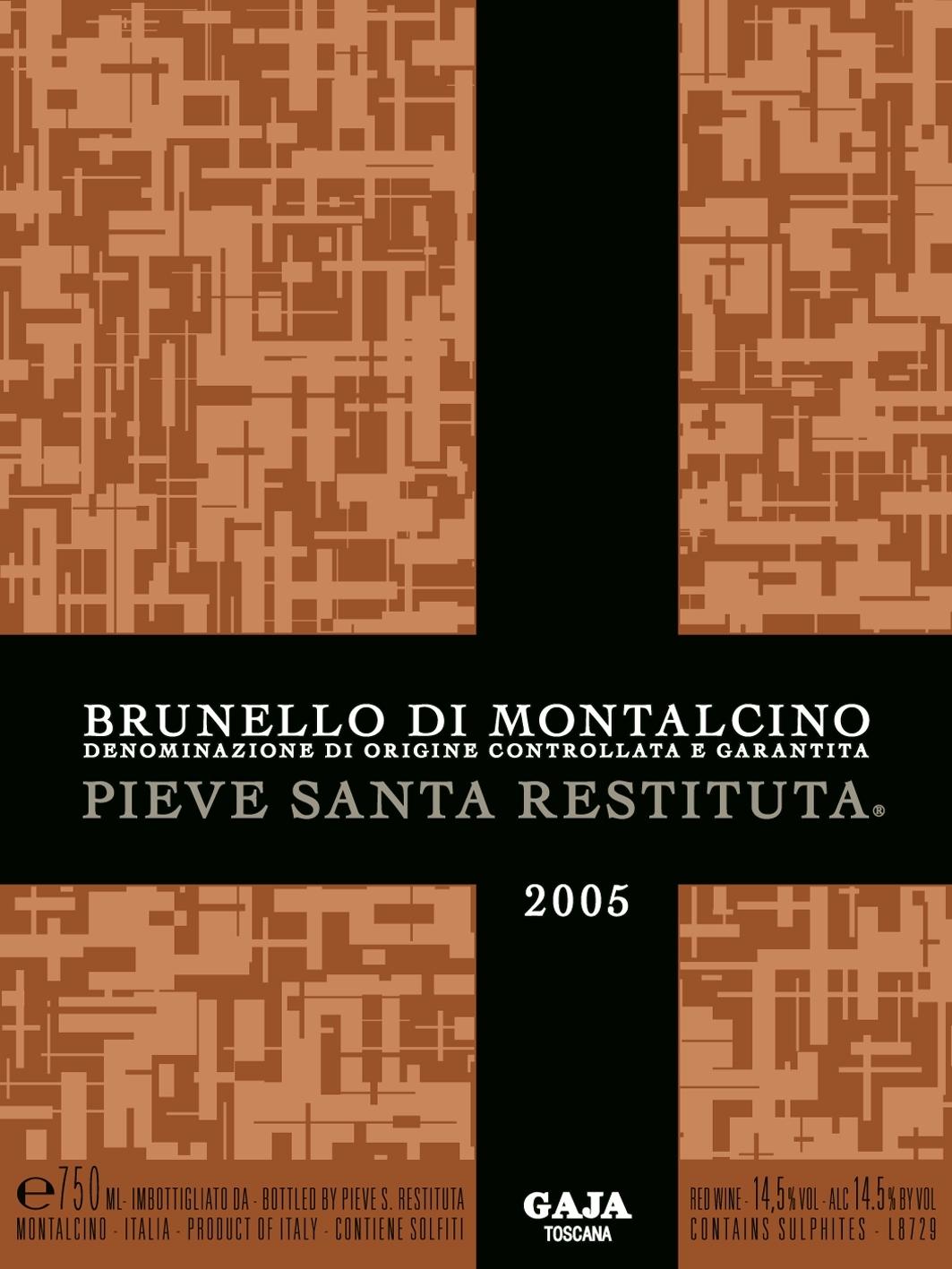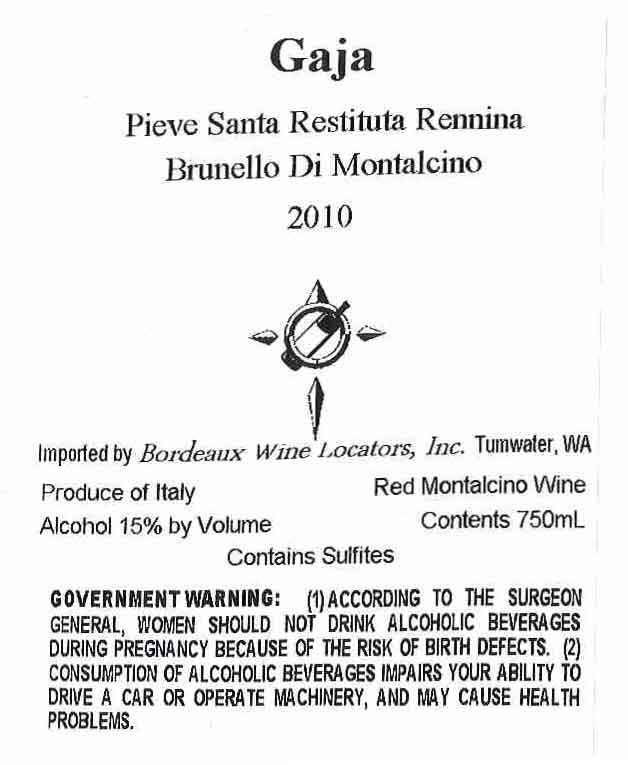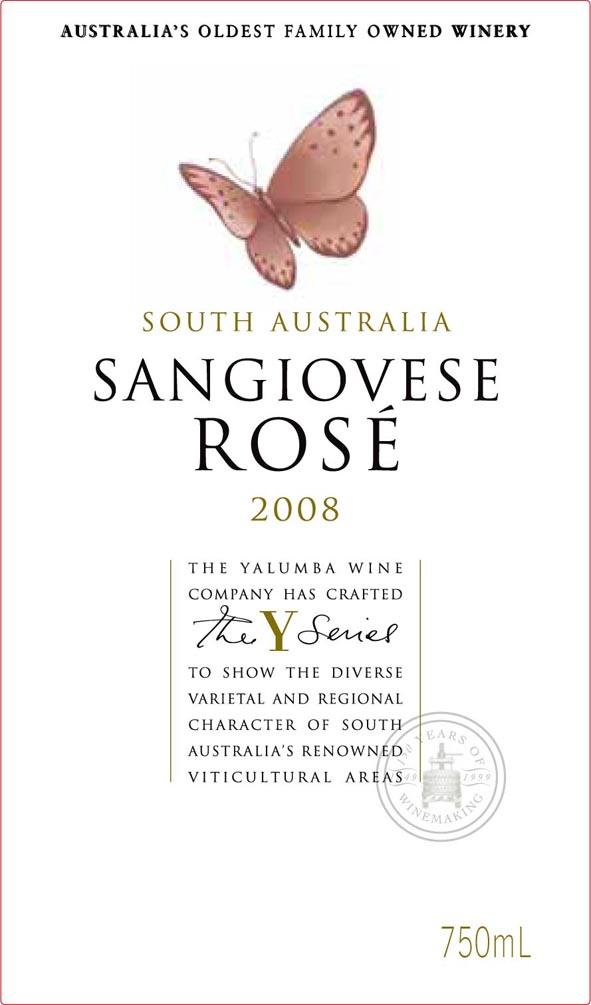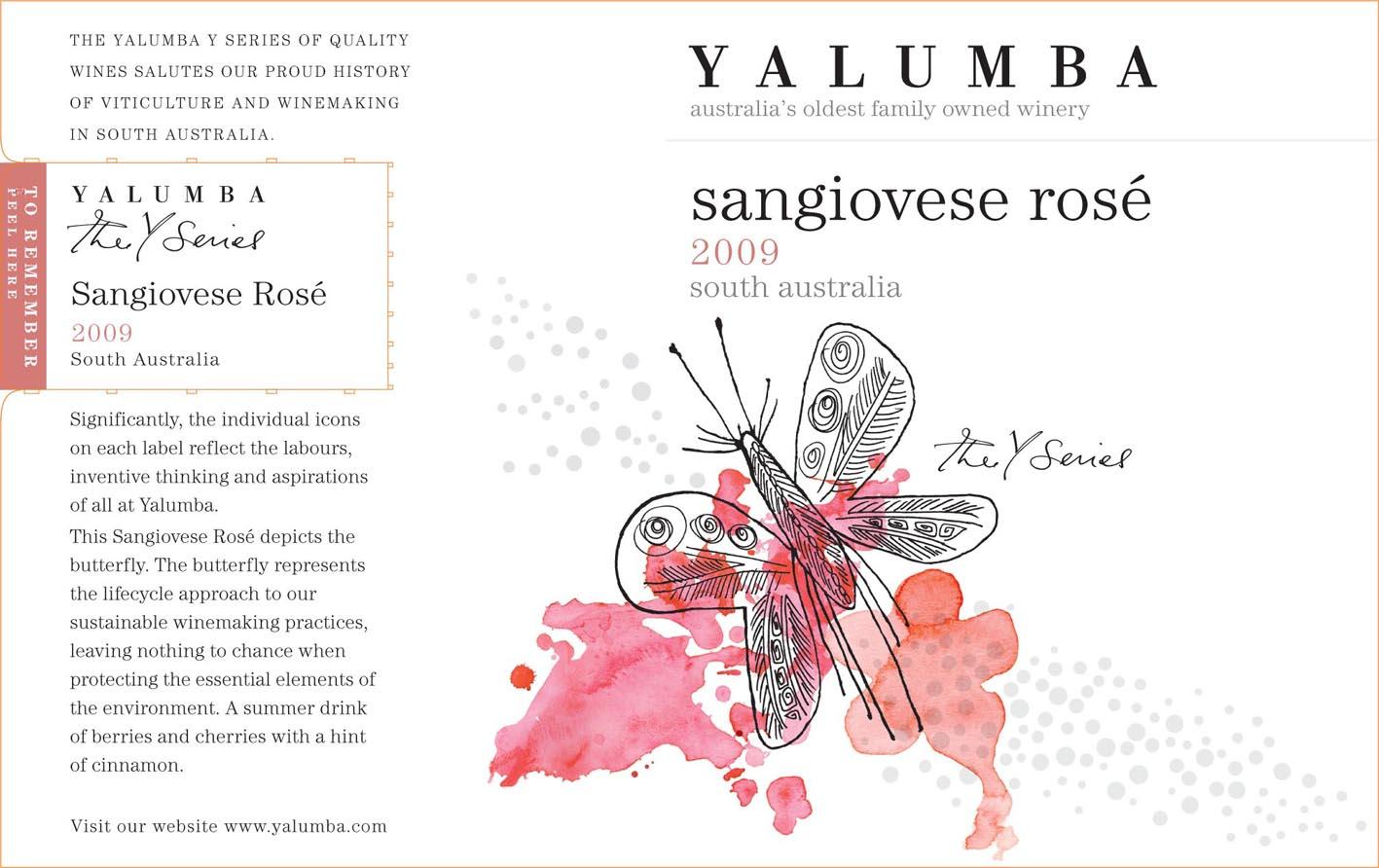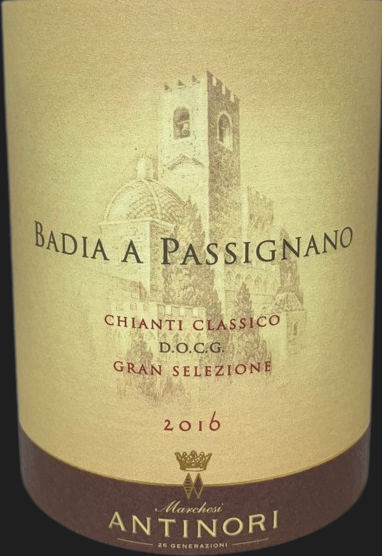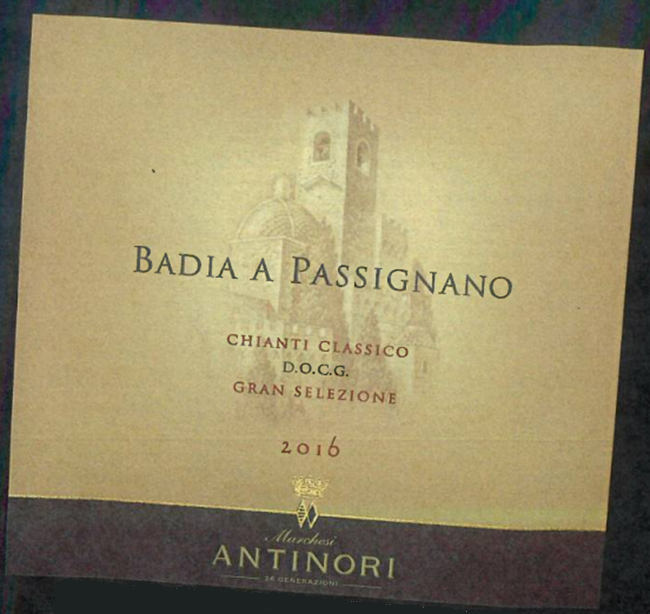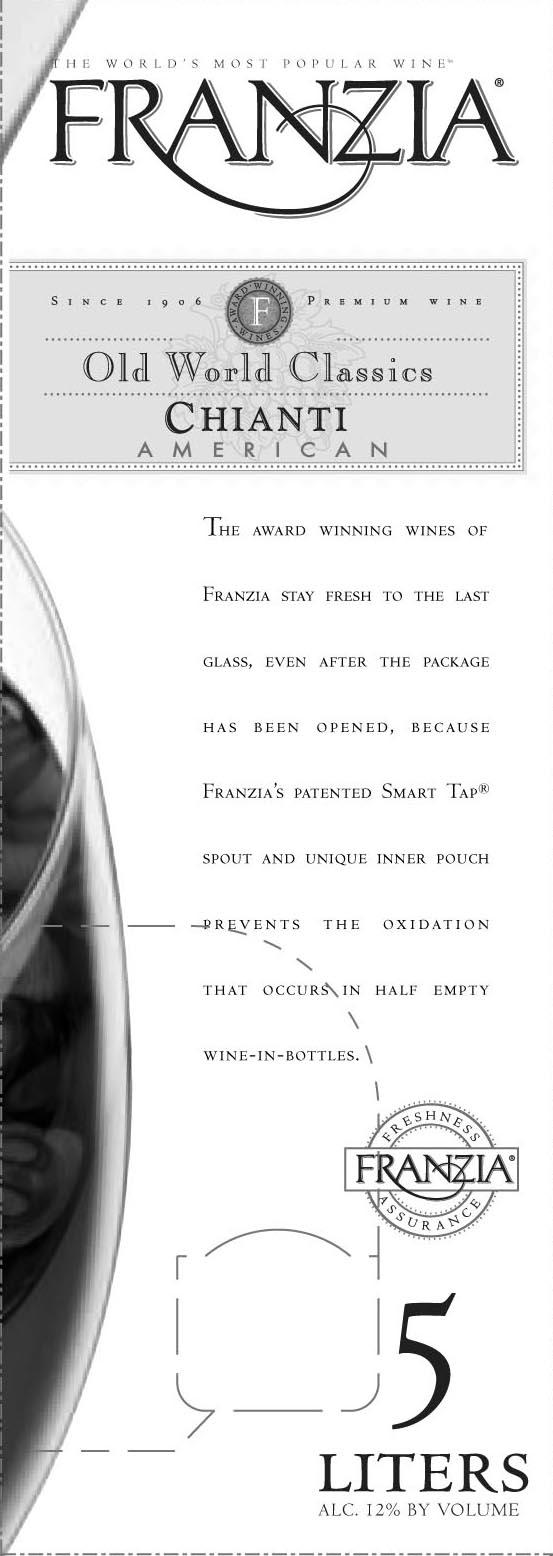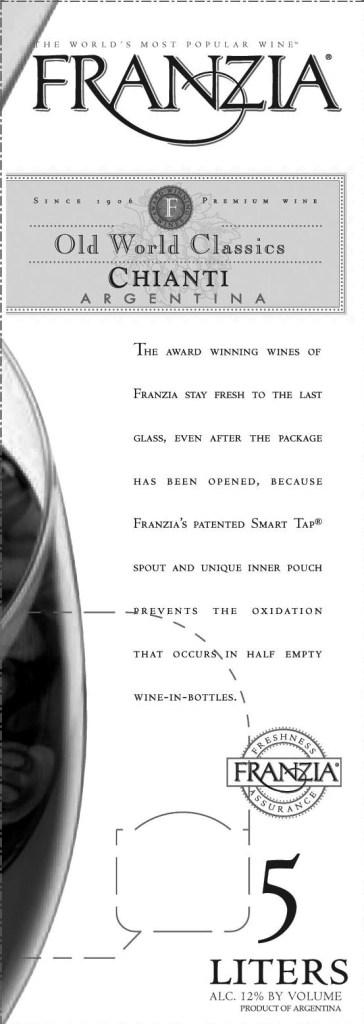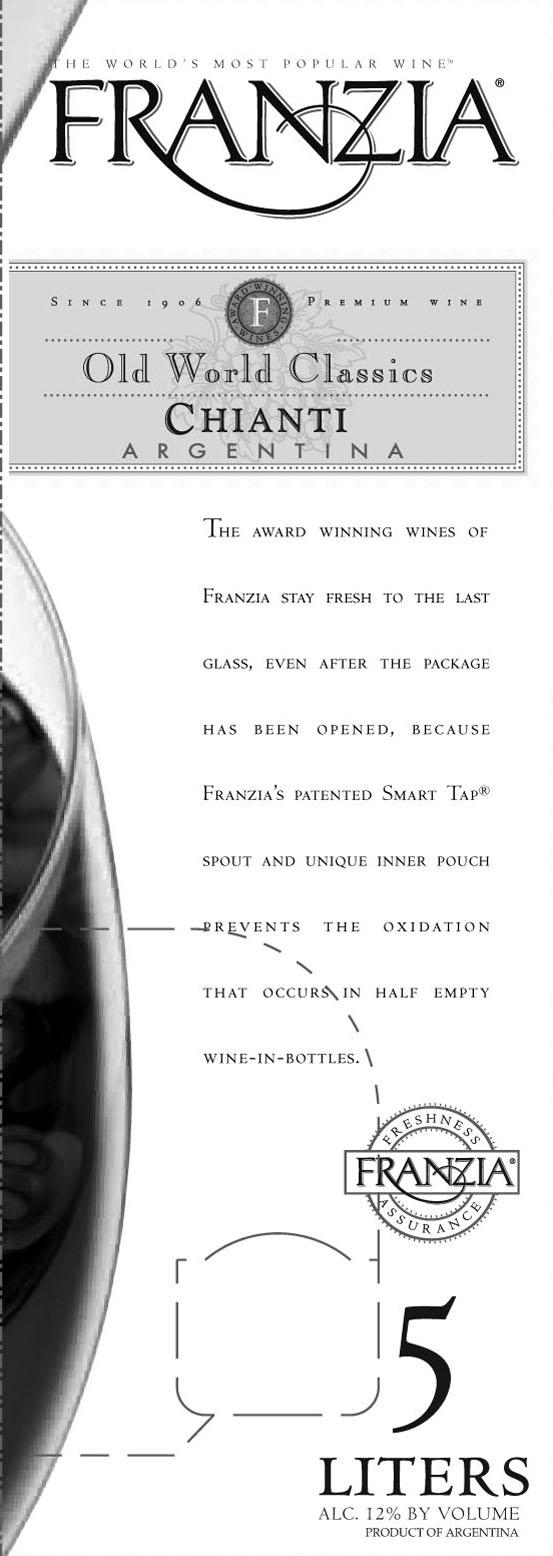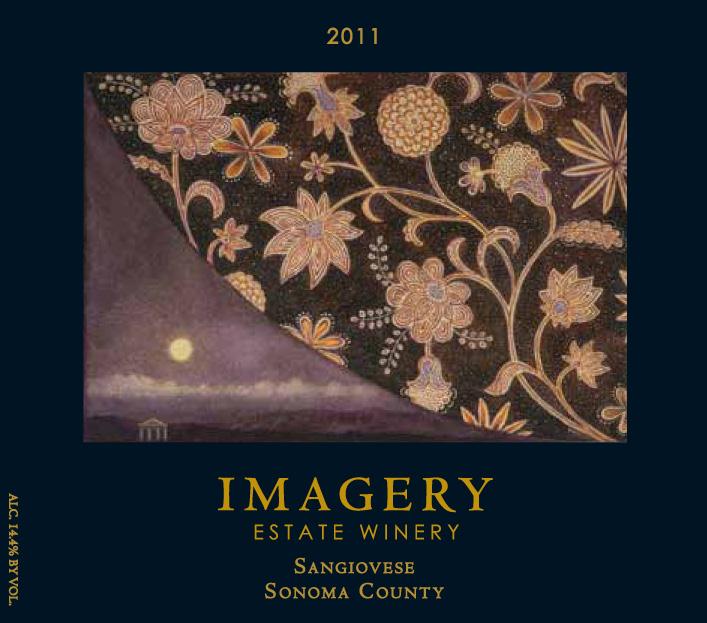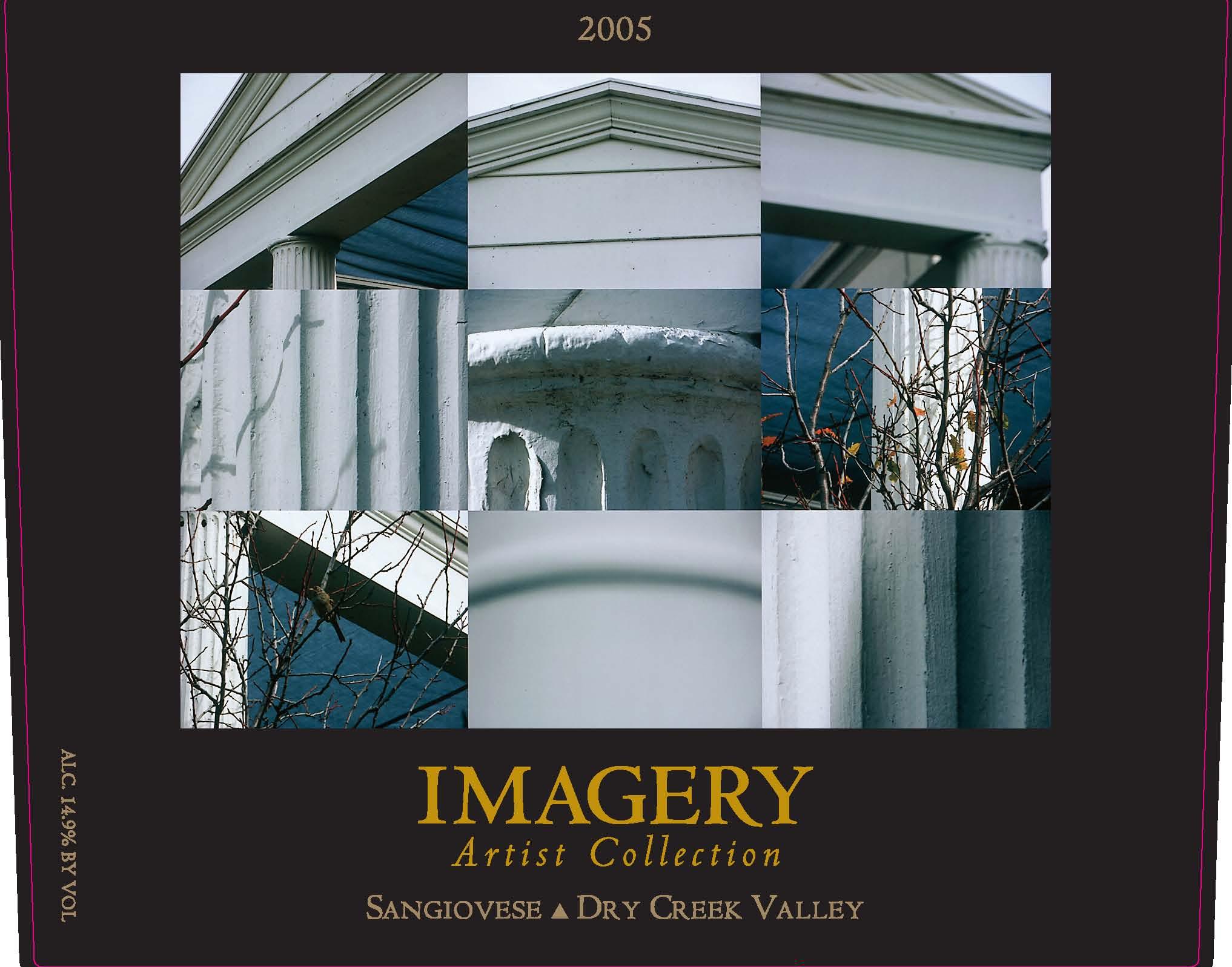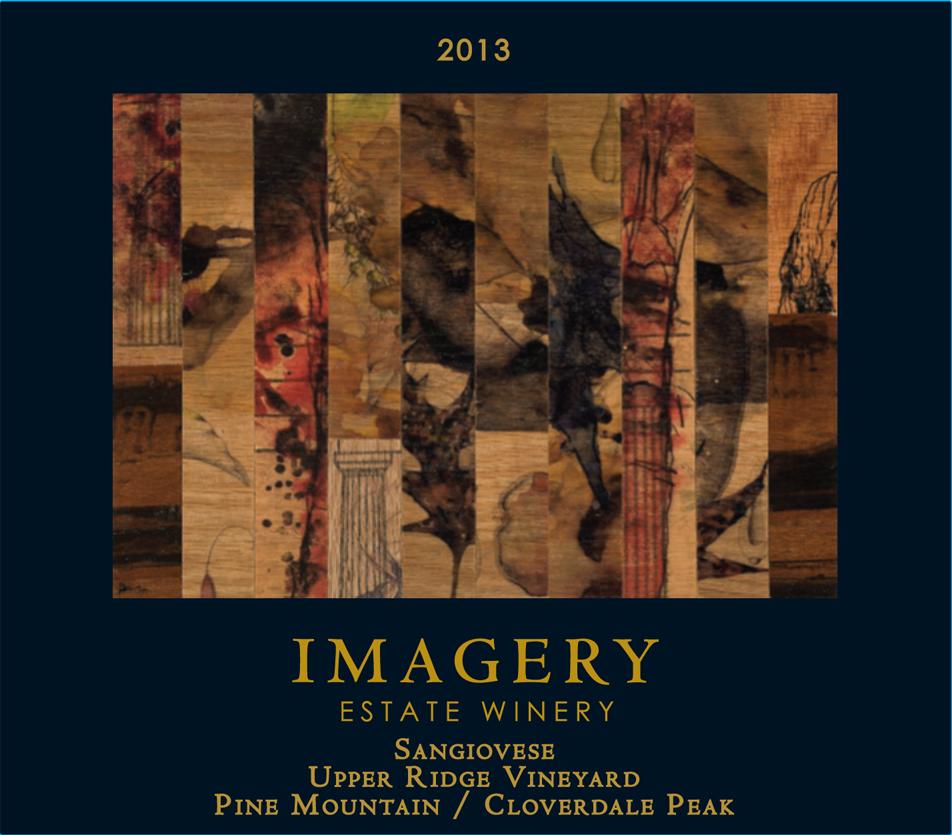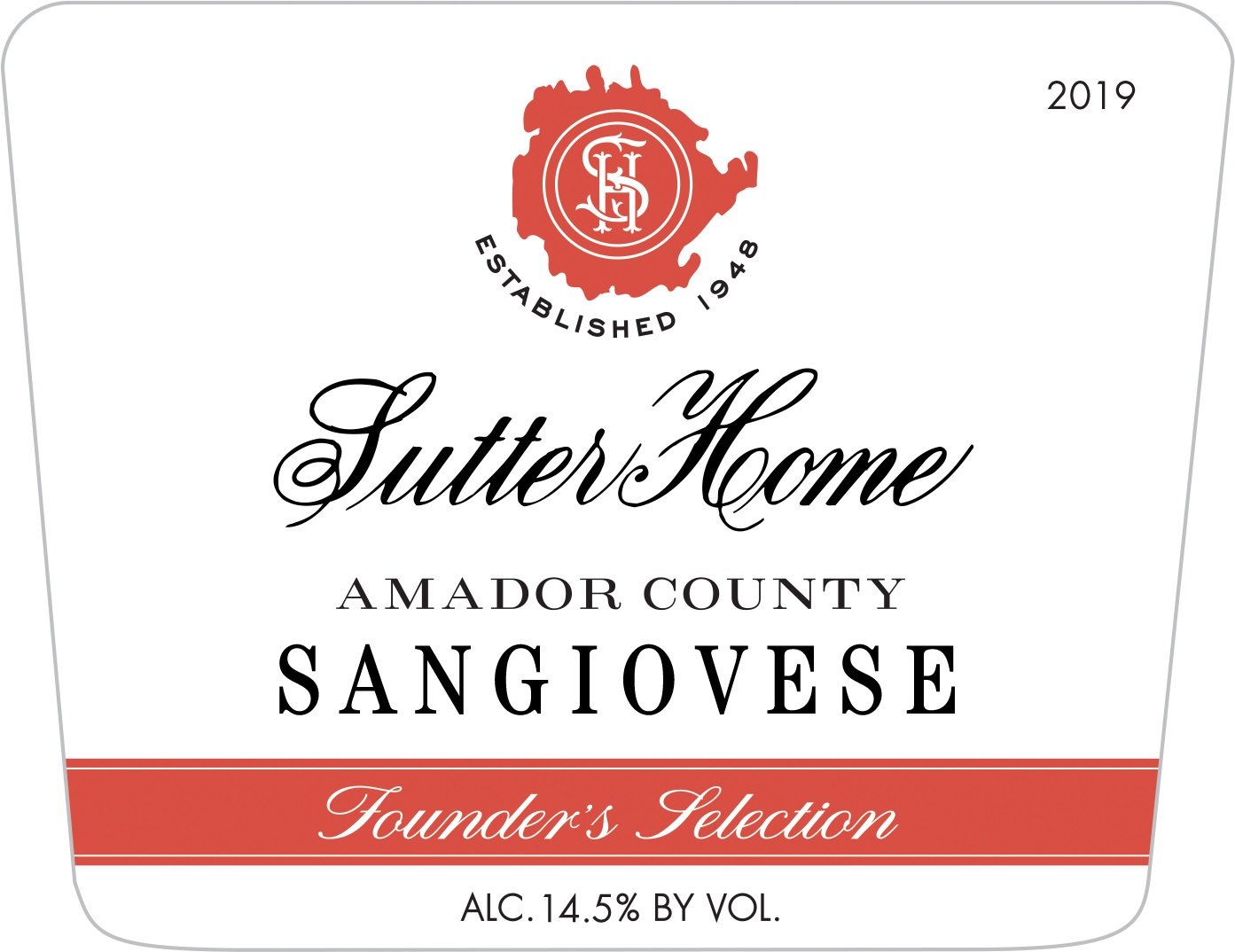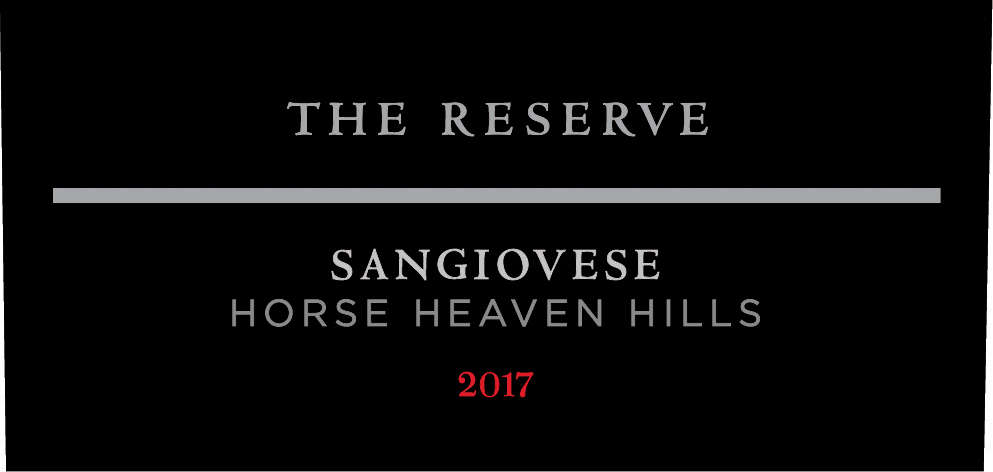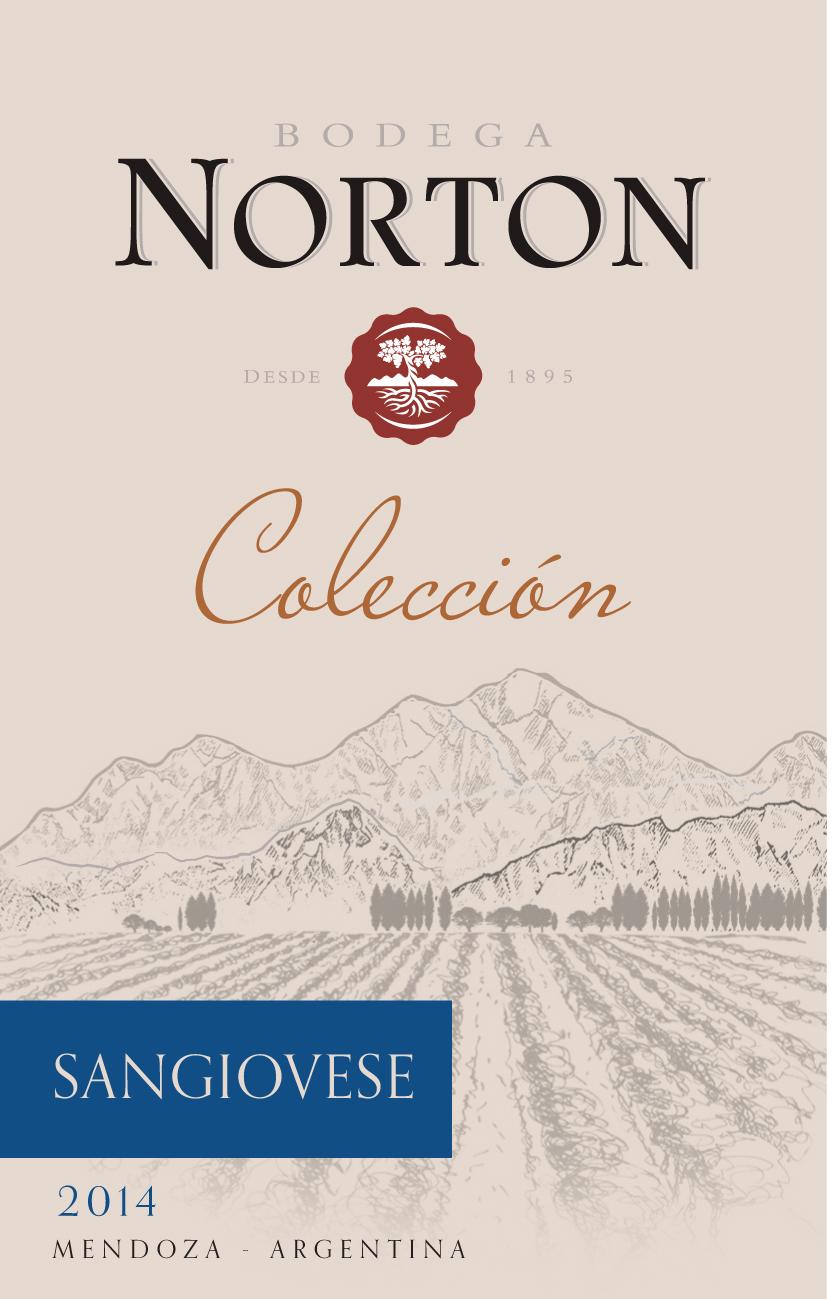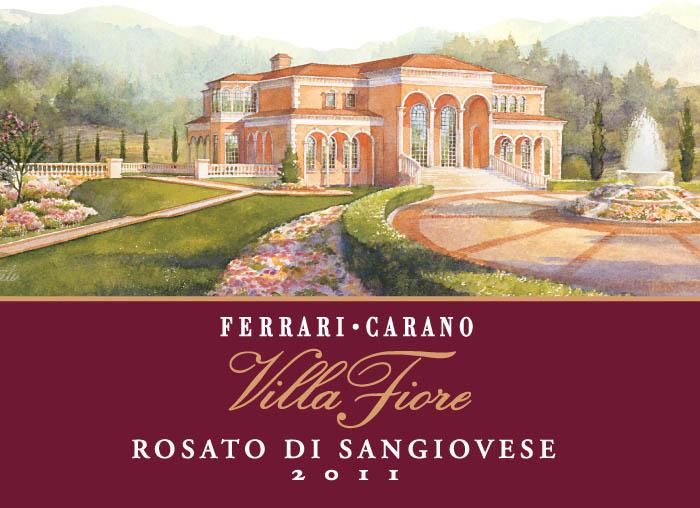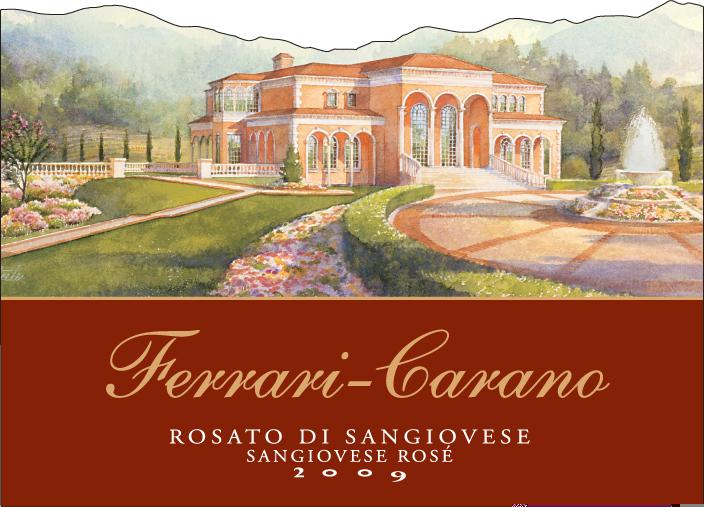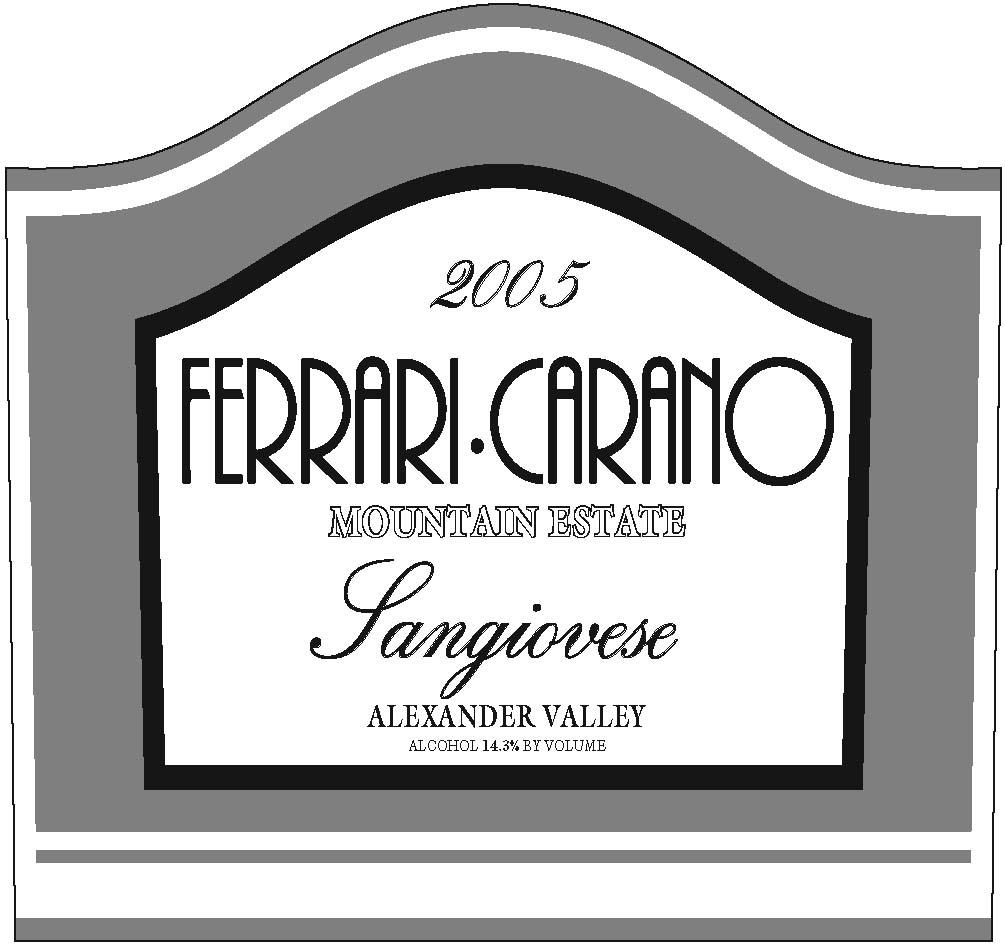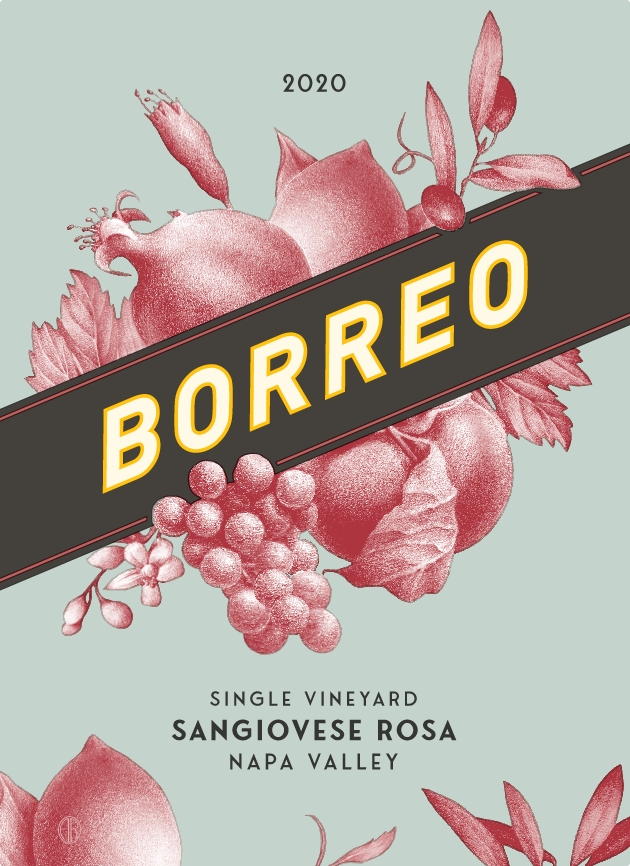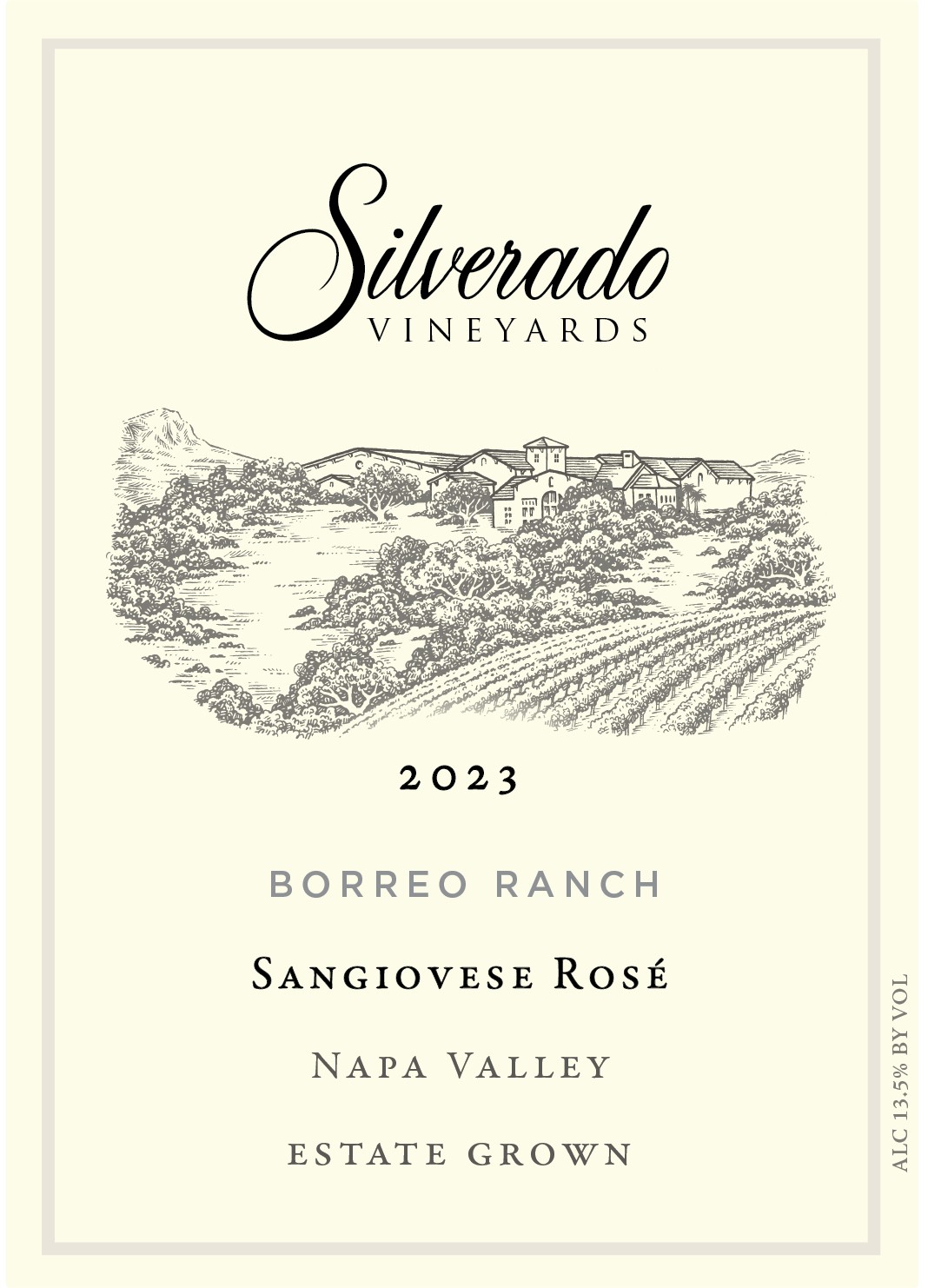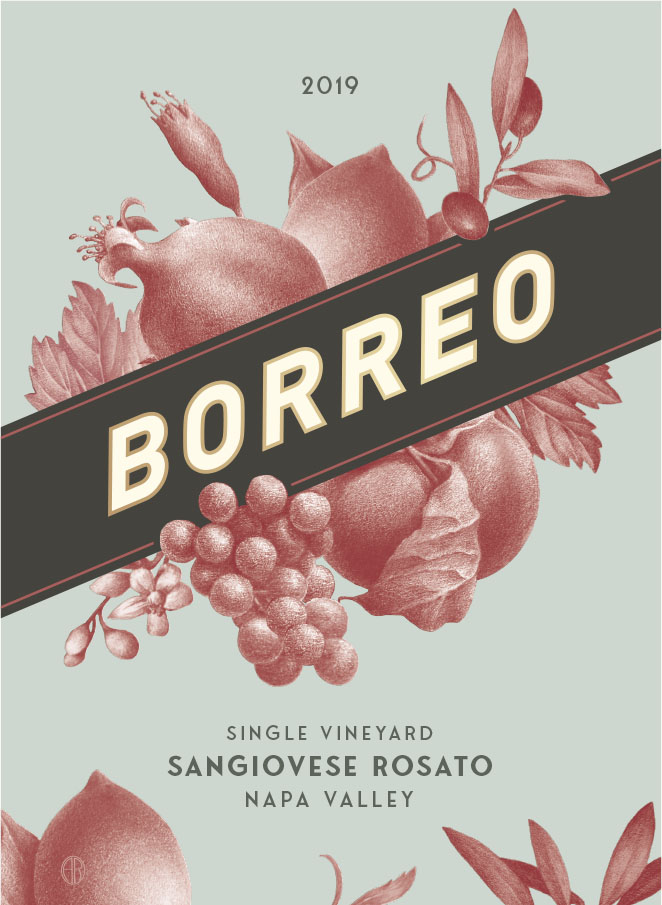Characteristics of Sangiovese
Sangiovese is instantly recognizable for its vibrant acidity and moderate to high, often firm tannins that can be astringent when young, making it a lively and food-friendly red. In the glass, it usually shows a translucent ruby red hue that gradually takes on garnet or orange tones as it ages.
While typically medium-bodied, Sangiovese can become fuller and more powerful in warmer climates, with certain clones like Brunello, or through specific winemaking approaches. Its flavors range from tart cherry and red plum to earthy notes, herbs, and distinct minerality, especially when grown in limestone, galestro, or alberese soils, and it is known as a "chameleon" grape for its ability to reflect the character of its vineyard home.
What Does Sangiovese Taste Like?
Sangiovese’s flavor profile is deeply influenced by where it’s grown and the climate of the region. Classic Old World examples from Tuscany highlight savory, earthy, and rustic notes—bittersweet cherry, violet, tea, and a signature tomato-like savoriness. In contrast, New World Sangiovese, such as those from California, Australia, or Argentina, tends to emphasize vibrant fruit:
- California: Brighter cherry, hints of Zinfandel-like spice
- Argentina: Jammy blueberry or blackberry, juicy red fruit, and a bitter cherry finish
- Australia: Ripe red fruit, subtle spice, and soft tannins
Climate also plays a key role:
- Cooler climates: More sour cherry, citrus peel (orange rind), licorice, and floral notes
- Warmer climates: Richer, darker cherry and plum, chocolate hints, more prominent herbal tones, and a fuller body
Oak aging and malolactic fermentation can add layers of leather, tobacco, smoke, and Mediterranean herbs, while with age, Sangiovese evolves toward dried cherry, fig, underbrush, and truffle. Ultimately, Sangiovese’s taste is a reflection of its origin and environment, offering a spectrum from savory and earthy to bright and fruit-forward.
Notable Region Sangiovese Grows In
Sangiovese’s character is deeply shaped by where it’s grown, with each region offering its own unique take on the grape’s signature freshness, structure, and flavor profile.
- Tuscany (Italy): The spiritual home of Sangiovese, Tuscany gives us benchmark wines like Chianti Classico and Brunello di Montalcino, known for their lively acidity, firm tannins, and complex layers of cherry, earth, and herbs.
- Emilia-Romagna (Italy): Sangiovese di Romagna tends to be softer and fruitier than its Tuscan cousins, making it approachable in youth while still capturing the grape’s vibrant red fruit character.
- Corsica (France): Here, Sangiovese—known as Nielluccio—shows a distinctly Mediterranean side, with herbal notes and a savory, wild edge shaped by the island’s unique terroir.
- California (USA): In regions like Sonoma and Napa, Sangiovese produces brighter, more fruit-forward wines, sometimes blended in a “Super Tuscan” style, highlighting ripe berry flavors and a softer structure.
Food Pairings
Sangiovese’s vibrant acidity and savory character make it a versatile partner at the table, enhancing a wide range of classic and contemporary dishes.
- Classic Italian Fare: Sangiovese’s natural affinity for tomato-based dishes shines in pairings with pizza, pasta with ragù alla bolognese, or simple marinara, where its acidity matches the brightness of the sauce and its herbal notes echo traditional Italian seasonings.
- Grilled and Roasted Meats: The wine’s moderate tannins and structure bring out the best in grilled steaks like Bistecca alla Fiorentina, roast lamb, pork sausage, or game meats such as wild boar, creating a balanced interplay of flavors and textures.
- Cheeses, Charcuterie, and Hearty Sides: Sangiovese stands up beautifully to aged cheeses like Pecorino Toscano and Parmigiano-Reggiano, pairs well with salty cured meats such as prosciutto and salami, and complements earthy dishes like mushroom risotto, Tuscan Ribollita, and even robust fish like tuna with tomato sauce.


